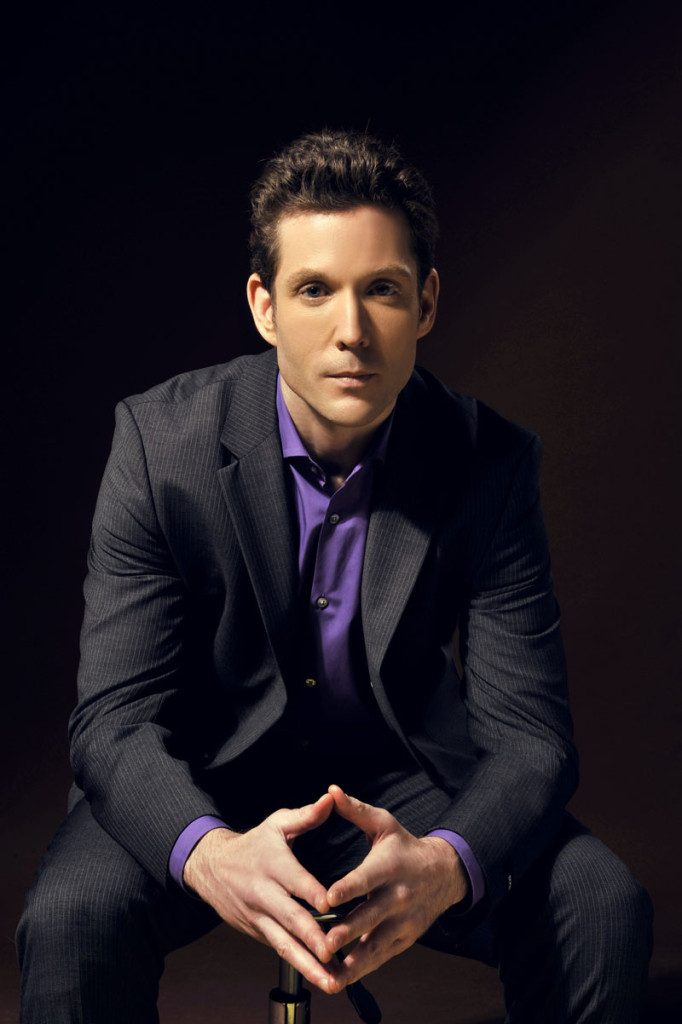
Scott Damian Bembenek grew up in the small town of Delavan, Wisconsin (population approximately 5,000 at that time). Scott’s passion for science began around the age of five. Throughout his childhood, “science” took on a variety of forms involving such things as batteries, circuits, magnets, taking apart anything electronic, insects, frogs, toads, salamanders turtles, fish, … with new “experiments” conducted on a weekly (sometimes daily) basis, much to the astonishment of his (exceptionally patient) mother.
In high school he excelled in science (chemistry, biology, physics) and mathematics. He took a particular interest in chemistry (taking all three years offered). In his senior year he conducted an independent study (“quest” as it was called) under the guidance of the biology and chemistry teachers whereby he explored the effects of different chemical mixtures on diseases in fish. He arrived at the actual concepts for the mixtures by studying the book Remington’s Pharmaceutical Sciences, which he borrowed from the local pharmacist. The project showed significant success and earned recognition in both state and national competitions. While in high school and college, he worked part-time at the local wastewater treatment laboratory running the series of tests required by the Department of Natural Resources; this would be the only time he worked as a laboratory chemist.
Scott attended Carroll College (now Carroll University) in Waukesha, Wisconsin. Here, he further pursued his interest in chemistry, initially for organic chemistry. However, by the end of his third year it was clear his real interest was for physical chemistry a more theoretical, less laboratory intensive version of chemistry.
Indeed, Scott’s skills were not in the laboratory, which should have been clear to him much sooner since the laboratory portion of class – unlike for his fellow students – always brought down his grade. During this time his interest in physics grew. In his last year, Scott was fortunate to be able to take graduate level classes and conduct research in physics (officially recognized by the college) under the direction of his advisor. In 1993, Scott received a B.S. in chemistry and physics.
Scott did his graduate work at the University of Kansas in Lawrence. Here, he investigated the dynamics of complex liquid systems using computer simulations and theoretical techniques. Of particular interest is his work on supercooled liquids and glasses, which is still well cited even today. In his third year (as required by the university as part of the oral defense), he presented an idea for a novel research project on Using the Feynman Path Integral Formalism and Monte Carlo Simulations to Study Solid Helium. By the time of its presentation to his committee, Scott had developed his original concept into a full-blown research project; he passed his oral defense with honors. Scott received his PhD in 1997 (with honors) in theoretical chemical physics.
Thereafter, he was awarded a National Research Council Fellowship and joined the Army Research Laboratory in Aberdeen, MD. Here, he used computational and theoretical techniques to study the dynamics of explosives. Since by their very nature explosive systems are difficult to study experimentally, using such approaches often allows one to obtain insight into these processes that is simply not possible with experiments. Scott pioneered a new approach to parameterizing interaction potentials necessary for accurate computer simulations. His work was well recognized and after the duration of his fellowship, he was immediately offered a full-time position. However, Scott had other plans.
Intent on pursuing a career in academics, Scott took a research associate position (and 50% salary cut) at Colorado State University in Fort Collins. While computer simulations once again played a role, the majority of his work was “old-school, paper and pencil” theoretical physics on fluid systems. In fact, his paper on A Kinetic Theory for Dilute Dipolar Systems required over 300 pages of derivations (See Sample)! After two years his term was finishing up, and he began looking for permanent employment. He attended a recruiting session at the university held by Johnson & Johnson overviewing the drug discovery research at their San Diego site and potential employment opportunities. Although scheduled for an interview the following day, he originally intended to pass on the opportunity. Some wise advice from a friend convinced him otherwise.
Currently, he is a Principal Scientist in the Computer-Aided Drug Discovery group at Johnson & Johnson Pharmaceutical Research & Development in San Diego, CA, where he has worked since 2002. During his time here, he has made substantial contributions to numerous drug discovery projects, and has worked in a variety of disease areas. He was also instrumental in the early development of the cheminformatics platform.
In 2009, a brief conversation with a friend prompted him to begin work on his first popular science book. Realizing that a major stumbling block for science is often its confusing and boring presentation, Scott set out to make the major aspects of physics and chemistry more accessible to non-scientists with the intent of creating an overall excitement for science. With the skillful shaping of history, biography, and science into a “science story”, The Cosmic Machine tells of some of the most important and intriguing discoveries in science of all time in a clear and entertaining manner. Originally convinced he could finish in two years, the inspired, but often wayward book writing journey ended up taking a bit longer than expected. The book is now out!.
